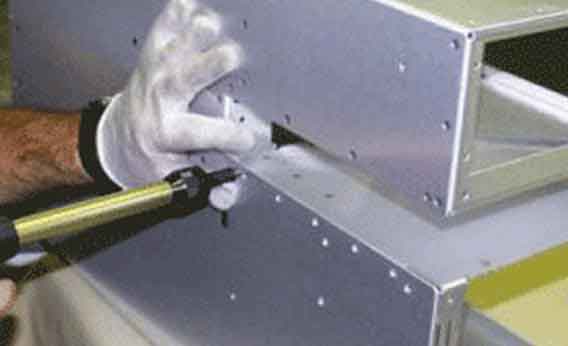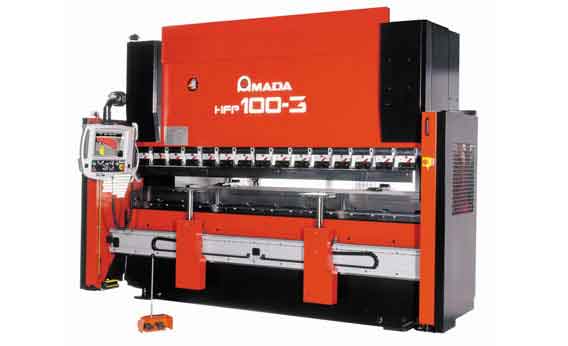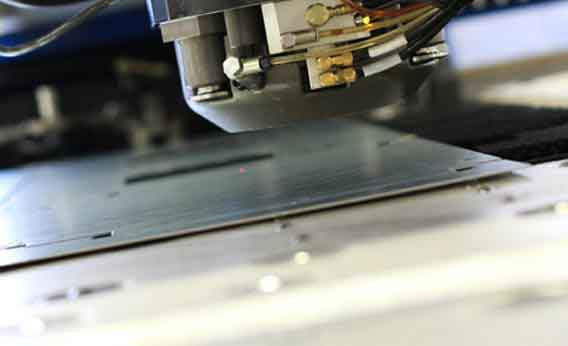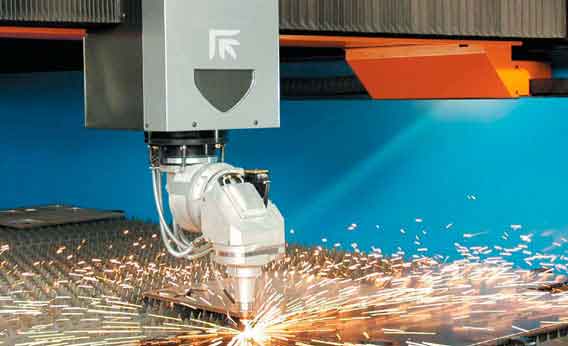Download additional hardware specifications:
Providing quick turn prototype sheet metal parts from quantity 1 to 500+
China Manufacturing Corp. Sheet Metal has over 150 employees and 50,000 square feet running 24/5 dedicated to quick turn prototype sheet metal parts. Can we handle your project? Yes. Last year we fabricated over 26,000 unique part numbers!
-
Sheet Metal Prototyping
Whether you need a bracket, chassis, enclosure, or any other complex sheet metal design, we’ll ship 1 to 50+ prototypes in as fast as 5 days. Once you’ve placed an order, your parts will immediately run through our automated service cell inside our facility.
Learn More -
Sheet Metal Production
Looking for a short-run production supplier? Get the same great service of our prototyping shop higher volumes. Our low-volume production facility can produce up to 50 to 500+ sheet metal parts in as fast as 10 days.
Learn More -
Multipart Assemblies
Your time is valuable. Let us provide a partial or complete prototype assembly in 2 to 3 weeks. Our team can help coordinate the procurement of your custom and catalog parts to build your electro-mechanical assembly fast.
Learn More -
Experienced Staff
With more than 325 experienced employees, we provide the same level of service to large and small companies alike from Fortune 500s to innovative startups.
Learn More
Quoting & Lead Time Standard ship of 7 work days or less starts with a China Manufacturing Corp. Instant Quote.
-
Sheet Metal Hardware
-
Sheet Metal Finishing
-
Riveting
-
Welding
-
Forming & Bending
-
Punching
-
Laser Cutting
Sheet Metal Fabrication and CNC Machining
Get a quote using our hassle free part upload form!









